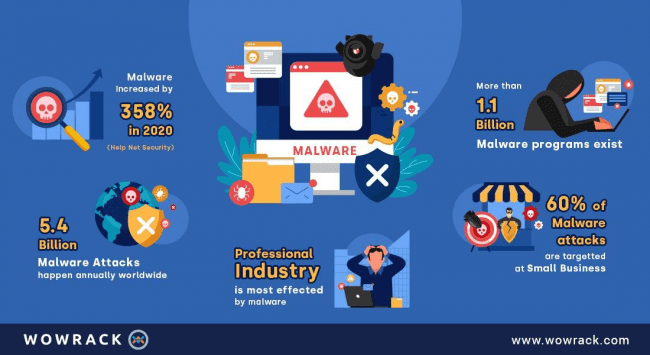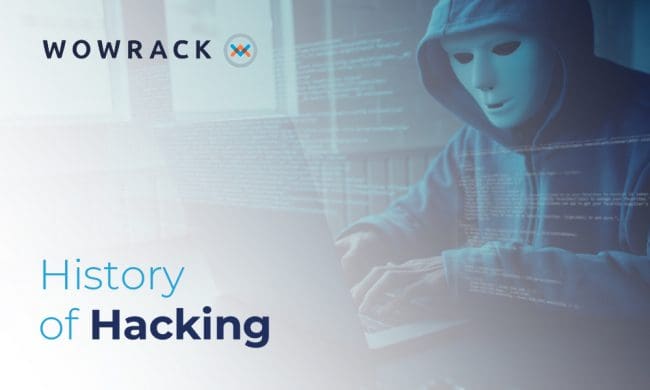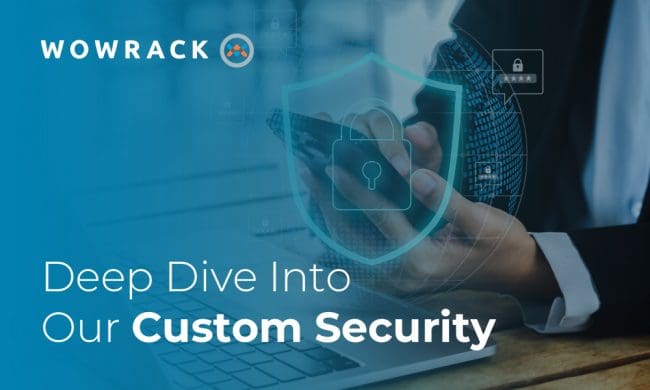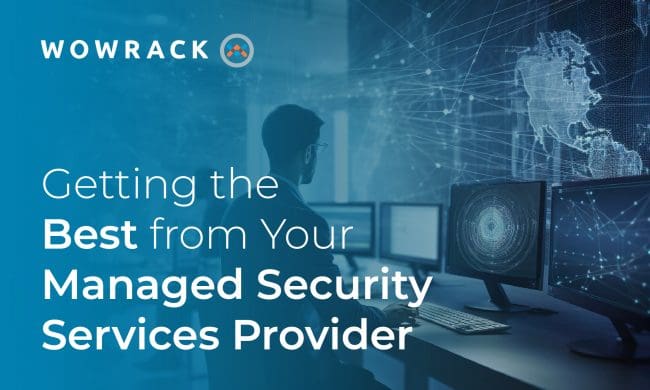WARNING! Your computer is infected with malware!
Have you seen a similar message or pop-up as you browse through the internet? These kinds of pop-up messages are fake virus warnings, and clicking on one of these links may result in your computer getting infected for real.
This begs the question "How is that possible?". Because those suspicious pop-up messages are designed with the intent of getting its audiences to install malware on their devices.
So, What is Malware?
Malware, or malicious software, refers to any kind of software designed by cybercriminals to infect a device (laptop, PC, and mobile devices) and steal data from it.
Aside from data loss, getting infected by malware can also result in the device systems getting destroyed. Research by AV-Test Institute has found that as of now, there is more than 1 billion malware out there and that around 560,000 new malware are detected everyday. This makes it even more urgent for every user to know why protecting their devices against malware is crucial and how to do so.
Types of Malware
Understanding the types of malware that exist today is one way to protect yourself from it. These are the types of malware out there:
- Ransomware
Ransomware is a type of malware that is designed to lock a computer’s systems, files, or applications. To regain access, or to prevent their data from being leaked to the internet, the user will be asked to pay some specific amount of money, or a ransom, to the attacker.
- Spyware
As the name suggests, spyware is software that can monitor all the activities and information on a person's devices This information will then be sent to a third party.
- Adware
Adware is a type of malware that keeps on displaying advertisements or pop-ups whenever the victim goes online. Users often install adware on their PCs unconsciously when they download paid software for free or when they click on pop-up links on websites that offer paid content for free.
- Scareware
As mentioned in the example earlier, scareware is malicious software that is designed to scare its targets into thinking that their device has been infected by a virus. This is being done so that their victims will be tricked to click on suspicious links and download fake “antivirus software” that may end up being dangerous.
- Viruses
A virus is a type of software that is designed to perform malicious actions on the target’s device or network. Viruses can come in the form of an e-mail attachment, or an attachment found on a suspicious website, and once the file is downloaded and/or opened, the victim’s device will get infected.
- Trojans
Trojan, or Trojan horse, is malicious software that often appears to be harmless and legit but is dangerous. Due to their deceiving appearance, many install them accidently. Trojans are usually designed to steal sensitive data and/or spy on their victims and can come in the form of e-mail attachments or files on a website.
- Worms
A computer worm is a type of malware that can replicate itself from computer to computer, without the need for human intervention, and also without the need of attaching itself to software/programs.
- Fileless Malware
Fileless Malware is malware that hides in the user's computer systems. It is called ‘fileless’ because it does not require the user to install malicious files on their desktop. This makes it hard for traditional antivirus software to detect because they usually only focus on scanning files.
Why Malware is Dangerous?
From knowing the types of malware available out there, we can conclude that malware can be very dangerous as it can:
- Slow down your computer
- Give cybercriminals access to sensitive information
- Lead to data loss and breach
- Disrupt business operations
How to Protect Yourself
Now that we know the types of malware and how harmful they can be, what should we do to protect ourselves against them? Can we prevent them from infecting our devices?
The good news is, yes. These are some of the things you can do to you to protect yourself against malware:
1. Protect your endpoints
The moment when cybercriminals gain access to your endpoints is also the moment when they gain access to your company’s networks. This makes protecting your endpoints very important and we recommend you invest in high-quality endpoint protection software that can detect threats automatically without the need for human intervention, or the need to connect to the internet.
SentinelOne is endpoint protection software that we can recommend for you as it is software that can also detect and stop fileless malware from infecting your systems, which is not something that traditional antivirus software can do.
2. Be careful when you surf the internet
Never click on pop-ups or unknown links, no matter how convincing they may sound as they may be a trap that intends to lure you into downloading unwanted files or software. Cisco Umbrella is software that can help you with this, as deploying it will prevent not just you, but all the people in your house, or your company from clicking on suspicious links.
It is also important to only purchase or download applications from the official website or app store instead of relying on ‘free’ websites that may be misleading.
3. Regularly update your software
A lot of malware tries to take advantage of software vulnerabilities. Therefore, keeping your applications always up to date is one way you can protect yourself from malware infection, as software updates usually also include the latest security patches and keep you away from potential threats.
4. Only connect to secure (encrypted) networks
Cybercriminals may exploit unsecured network connections as a way to distribute malware. They can put malware and files on your device if you allow file-sharing across a network. They can also cause a pop-up window to appear as you connect to the network, and clicking on them will install malware on your device. This is why it is very important to always only connect to secure networks, and when you want to use public Wi-Fi, make sure to utilize your company’s VPN to stay safe.
Having your own company’s VPN for your employees to utilize is very important in keeping everyone safe. This is a best practice that we use ourselves.
5. Stay educated
Malware attacks these days often try to take advantage of a company’s employees. Research by Kaspersky and B2B International found that the major contributing factor to malware and targeted attacks are employee carelessness and phishing. Thus, it is very crucial to continually stay educated, and educate the people around you, regarding the current trends in cybersecurity, how to avoid clicking on unwanted files or links, and the best practices on how to stay safe as we use today’s technologies.
The Latest Trend in Malware
As mentioned previously, keeping up with the trends on cybersecurity-related issues is one way you can protect yourself against them.
The current trend in malware suggests that attackers are targeting gamers. Ever since the pandemic, the number of people who play video games has been on the rise, and so is the number of cybercriminals targeting those gamers.
Kaspersky found that there were over 384,000 users affected by almost 92,000 malware or unwanted files between July 1st 2021 and June 30th 2022. Unbeknowist to the gamer, attackers disguse these malicious files as video games. Furthermore, the research also found that the attackers often target gamers who download games from untrustworthy sources (or third-party websites) for free.
The malicious software can spy on any data entered on the keyboard, take screenshots, and steal sensitive information from the people who download them. This includes information on the victim’s login credentials, crypto wallet, and other banking details.
This reminds us that we also need to educate our kids, or the younger generation about the importance of protecting ourselves against malware as now we learn that cybercriminals are not just targeting big corporations, but also small and medium ones, and they are also now targeting the younger generation.
How Wowrack can Help
Protecting yourself and your loved ones against malware and other security threats out there is very important, and it should not be a difficult process. Wowrack is committed to helping businesses to be able to grow in this era, where cybersecurity has become more important than ever.
Wowrack Managed Service can help you deploy SentinelOne, software that can protect all your endpoints from malware and unwanted files autonomously so you don’t have to go through the process yourself. We can also help you deploy Cisco Umbrella which can prevent you, your employees, and your family from clicking on questionable links to prevent downloading unwanted files and getting infected with malware. Veeam is software that we can help you deploy for backup purposes so that you won’t have to worry about data loss.
Moreover, Wowrack Security Operation can also help you prevent getting any malware from infecting your devices and systems by doing a regular checkup on your systems and networks for any suspicious activities.
Let’s together build a safe and secure environment for your business and loved ones. Contact us now and let us know how we can help you.







